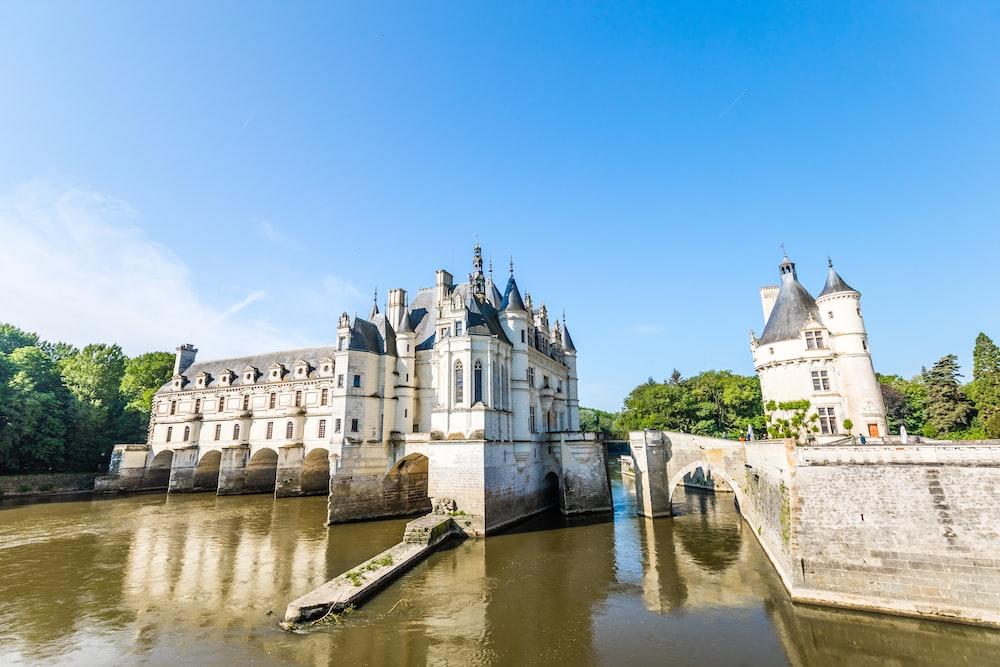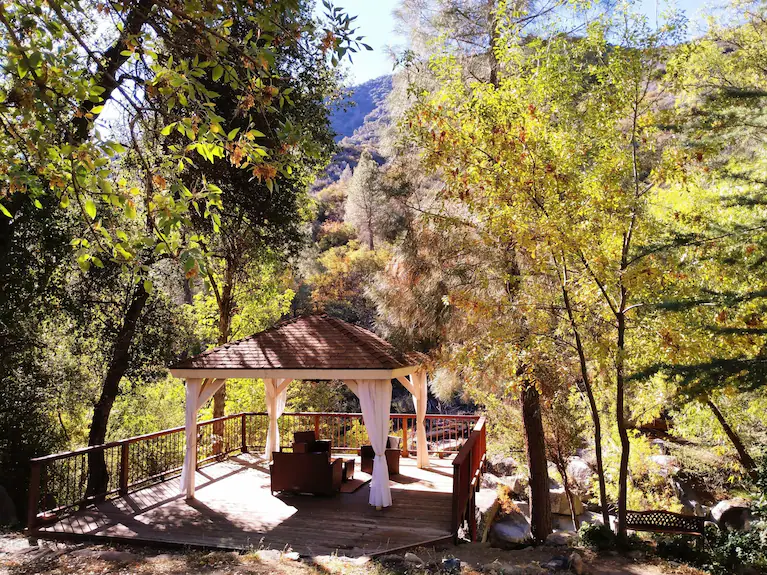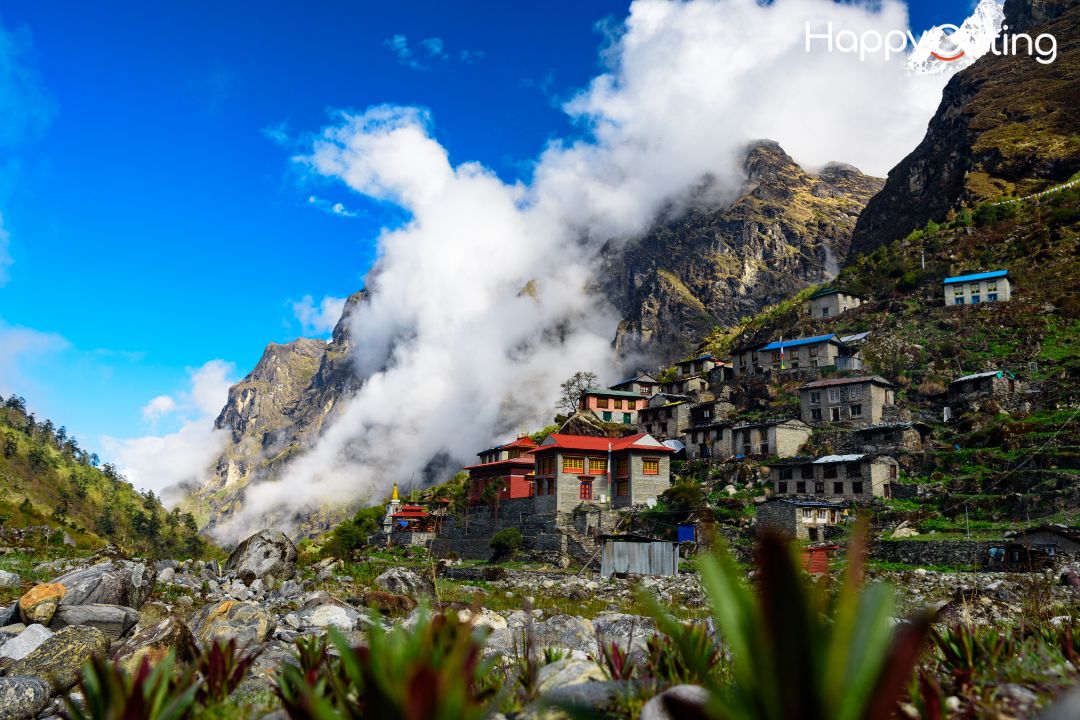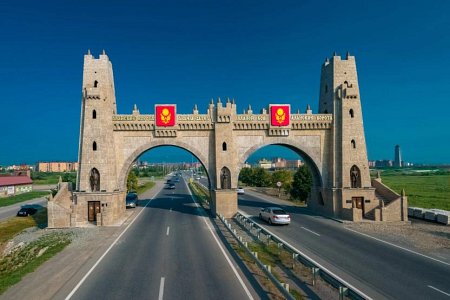France is one of the most popular tourist destinations in the world, with millions of visitors coming each year from all corners of the world to uncover its beautiful landscapes, historical landscapes and iconic shopping spots. However, you might want to avoid peak tourist season if you’re not a massive fan of large crowds. While you might doubt the wisdom of travelling from September to November, considering that the weather starts getting colder and days become shorter, autumn still has much to offer.
From incredible food and wine to the spectacular landscapes and the relaxed atmosphere, you’ll get to enjoy the perfect trip that lets you relax and unwind. Here are some of the must-see spots that should be on your itinerary.
Loire Valley
Spanning nearly 300 kilometres, the Val de Loire is located in central France in the administrative regions Pays de la Loire and Centre-Val de Loire. The region is known as the Garden of France because it is abundant in vineyards, vegetable fields and fruit orchards. It has been inhabited since prehistoric times and is home to a collection of engravings in the La-Roche Cotard cave that are more than 57,000 years old and perhaps the earliest Neanderthal markings in the world.
Before you travel to the Loire Valley, pack everything you need and check with Parkos to find the best parking spot for your vehicle. The region is famous for its numerous châteaux and their distinctive architectural styles. There are over three hundred of them, and the styles range from fortified military constructions from the 10th century to the ones that are closer to palaces in design and were built around one thousand years later. Some of them are:
- Château d’Azay-le-Rideau: Built between 1518 and 1527, it is considered one of the most emblematic examples of French Renaissance architecture. The castle is on an island in the middle of the Indre River.
- Château de Montsoreau-Museum of Contemporary Art: Built in the Flamboyant Gothic style between 1443 and 1515, it is the only castle in the Val de Loire built directly on the riverbed. The castle’s history is much older, perhaps dating as far back as the Gallo-Roman period. Alexandre Dumas featured the location in his 1846 novel “La Dame de Monsoreau”. Since 2016, it has been the home of a museum that features both permanent and temporary exhibitions.
- Château d’Amboise: After being confiscated by the monarchy in the 15th century, this castle became a favourite residence for the royals. King Charles VIII died here in 1498 after striking his head on a door lintel. The presumed tomb of Leonardo da Vinci is also located here, in the chapel of Saint Hubert.
- Château de Chenonceau: Built between 1514 and 1522, this castle has a unique design since it was built directly on the river Cher. You can also visit the gardens here, which boast a perfectly geometric design, including a maze. Francis I’s drawing room, the wine cellar, the Garden of Catherine de Médicis to the west façade, and the long gallery over the bridge are some of the exceptional spots to see.
Burgundy
Located in east-central France, the province was home to the Dukes of Burgundy from the 11th to the late 15th centuries. The region was historically known as an important place for the arts and sciences, as well as an influential spirituality centre. A lot of fashion or courtly culture also came from Burgundy. Before you travel, arrange your accommodation plans and look for parking Stansted.
The region is famous for its wines. Some varieties are among the most expensive in the world, including the Domaine de la Romanée-Conti, Domaine Leflaive and Domaine Leroy. The popularity is nothing new, as Shakespeare alludes to the high quality of Burgundy wines in King Lear. Erasmus of Rotterdam addressed their renown in 1522 as well. Dijon mustard, Bresse chicken, Charolais beef and Époisses are all native to Burgundy, so if you’re a gourmet looking to try new dishes, this is the perfect place for you. Château de La Clayette, initially built in the 14th century, can also be visited, but since it is private property, you won’t be able to go inside.
Provence
Located in southeast France and extending to the Italian border to the east and the Mediterranean to the south, Provence is well-known for its stunning landscapes, including rolling valleys, old villages and mountainous areas, all in a pleasant climate. The region’s largest city is Marseille, famous for its eclectic culture and cuisine. You can visit several museums, including Musée Cantini, which hosts works by Picasso and Musée Grobet-Labadié, whose intricate interior design is an exhibit in and of itself.
Some of the iconic foods you can try in Marseille are bouillabaisse, a seafood stew cooked using an assortment of spices and herbs, pieds paquets, pistou sauce and tapenade, a spread made from olives and anchovies. The coastal city of Arles is also a beloved spot among art lovers. Many famous artists have lived and worked here, including Pablo Picasso, Jacques Réattu and Paul Gauguin. Vincent van Gogh produced over 300 paintings while living here between 1888 and 1889.
South of Arles, you can visit the Camargue, home to the ancient Camargue horse, believed to be one of the oldest breeds in the world. Flamingos are also famous in the area, but you should be mindful of the mosquitoes, known to be especially pesky in the marshes.
Poitiers
On the River Clain, in west-central France, is the city of Poitiers. Since the creation of its university back in 1431, it has become known as a major university city and has hosted René Descartes and François Rabelais, among others. The city is also famous as the birthplace of Eleanor of Aquitaine, who was queen of both France and England and Duchess of Aquitaine in her own right.
The town centre is worth visiting for architecture lovers since it heavily features Romanesque designs, religious architecture, and the famous half-timbered houses. The Palace of the Counts of Poitiers is a must-see for those who love the Middle Ages and want to immerse themselves in the atmosphere of the times since it provides a very clear picture of what living and ruling was like for the upper classes of the time. Some of the other old buildings you can see are the Church of Sainte-Radegonde, dating back to the 6th century, the underground chapel Hypogée des Dunes, and the Poitiers Cathedral, built in the 12th century.
As one of the most well-known tourist spots in the world, France offers a spectacular experience regardless of the season.











